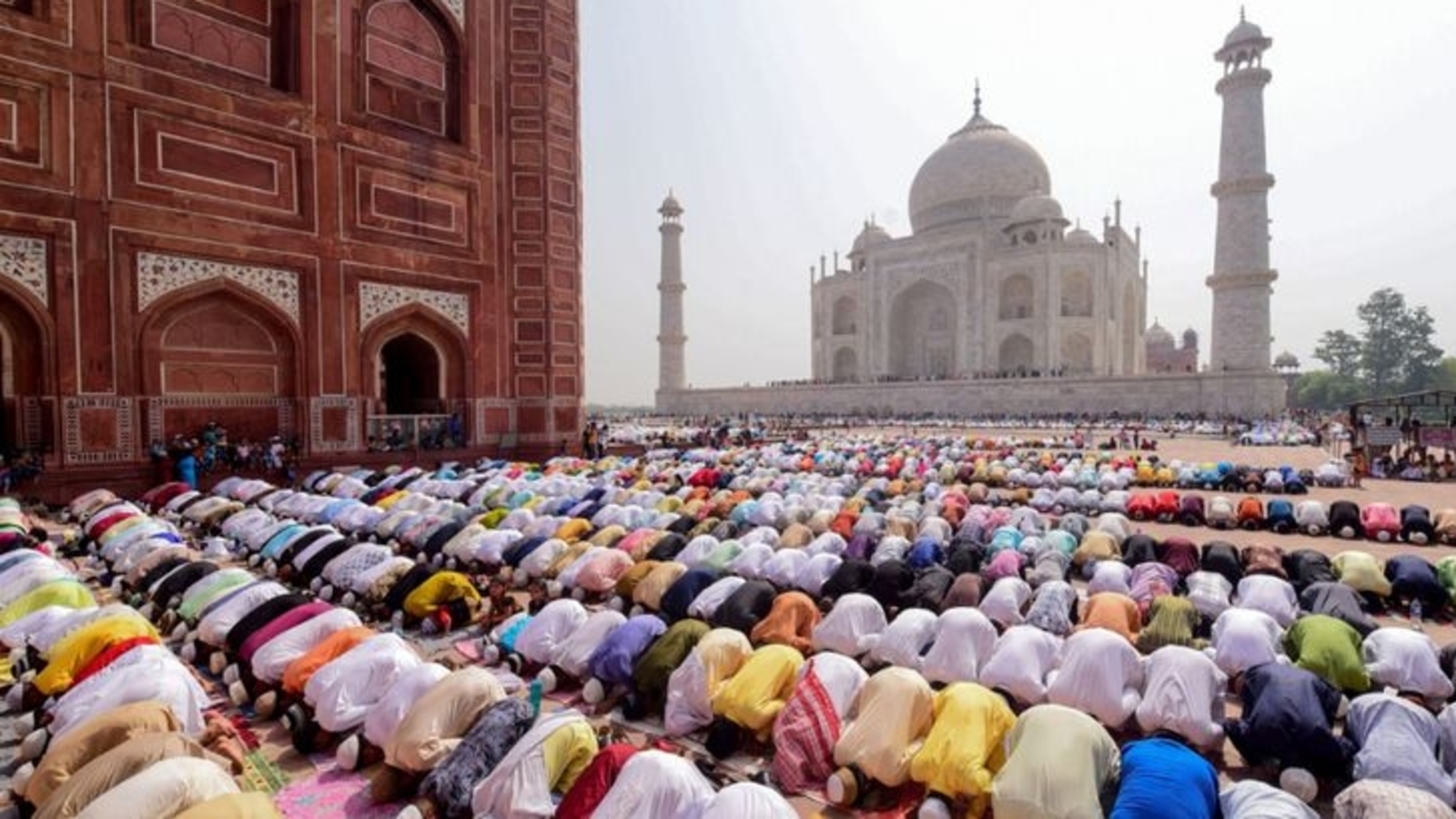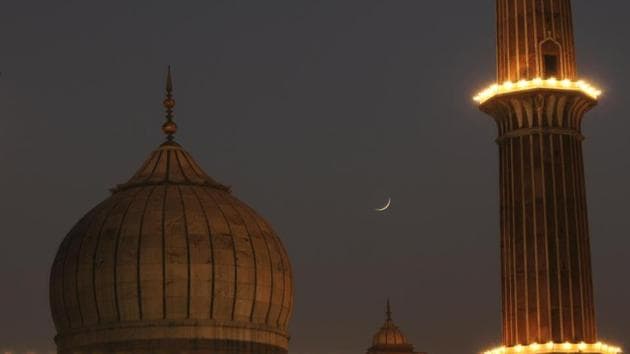Eid-ul-Fitr is a global festival connecting millions of Muslims through faith and celebration, marked by festive markets and serene prayers. It fosters family reunions and community bonds following Ramadan. The date of Eid is determined by moon sighting; in 2025, South Asian countries may celebrate on March 31 or April 1, based on the crescent moon’s visibility. The festival, known as the “Festival of Breaking the Fast,” involves feasting, new clothes, and charitable giving through Zakat al-Fitr, allowing all to join in the joy. Anticipation builds as families plan reunions and festive gatherings, embodying gratitude and unity.
Eid-ul-Fitr is a festival that knows no borders, uniting millions of Muslims in a communal display of faith and celebration. From vibrant markets decorated with festive lights to tranquil morning prayers held in open spaces, the spirit of Eid resonates globally. For many, it serves as an opportunity to reunite with family, travel to their hometowns, and strengthen familial connections.
In contrast to the fixed Gregorian calendar, the Islamic calendar is lunar-based, making the sighting of the new moon a vital event that determines the beginning of each month, including Shawwal, which commences with Eid-ul-Fitr. Thus, moon-sighting committees and similar organizations worldwide officially announce the date shortly before Ramadan concludes each year.
Celebrations and Family Rituals
Eid-ul-Fitr, commonly referred to as the “Festival of Breaking the Fast,” stands out as one of the most delightful events on the Islamic calendar, marking a time for spiritual rejuvenation, family reunions, and community togetherness. As the first day following a month of fasting, Eid is celebrated with sumptuous meals, new clothing, warm greetings, and acts of generosity.
Among the cherished traditions is Zakat al-Fitr, a philanthropic donation ensuring that everyone, particularly the underprivileged, can join in the festivities. Homes are filled with traditional delights, including sheer khurma, baklava, maamoul, and samosas, each dish carrying cultural value and fond memories.
With Eid al-Fitr 2025 on the horizon, excitement builds, bringing an atmosphere of joy and anticipation. Whether you’re enjoying a long weekend getaway, a heartfelt family reunion, or simply taking a moment to be grateful, Eid serves as a beautiful reminder of life’s blessings and the strength of community.
Moon-Sighting Date for Eid-ul-Fitr 2025 in India, Pakistan, Bangladesh
This year, South Asian nations such as India, Pakistan, and Bangladesh, which generally commence Ramadan a day later than Muslim communities in the Middle East and Western countries, are preparing to observe the crescent moon on March 30, 2025, corresponding to the 29th day of Ramadan 1446 AH.
If the moon is sighted in these South Asian countries on the evening of March 30, after the maghrib prayers, Eid will be celebrated on March 31. However, if the crescent moon is not observed, Ramadan will complete 30 days, leading to Eid being celebrated on April 1, 2025.
A Highly Anticipated Holiday Break
Eid holidays are a treasured time for travel, relaxation, and rekindling connections with loved ones, with plans for staycations, family gatherings, and festive celebrations taking shape. Whether it involves a beach retreat, a lavish brunch, or a simple at-home celebration, Eid 2025 promises to be filled with moments of joy and thanks.
As we await the crescent moon to illuminate the night sky, let us embrace the spirit of Eid with warm hearts, spreading love, kindness, and unity. Eid Mubarak!




